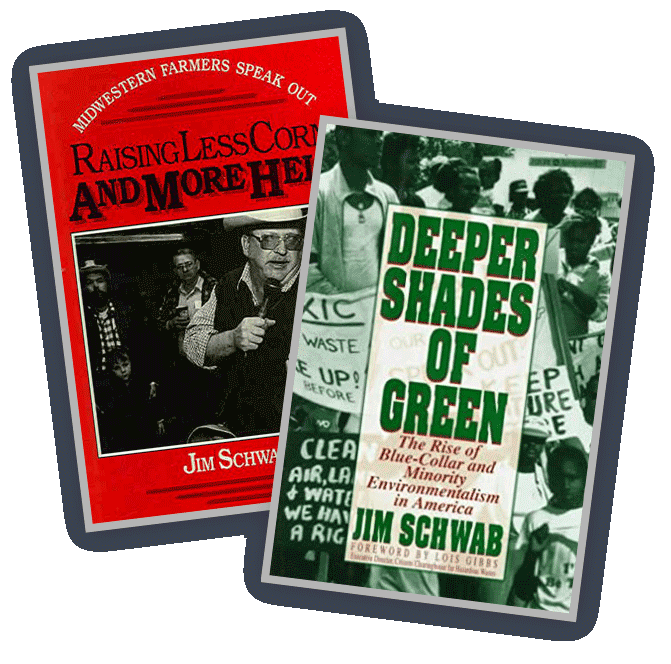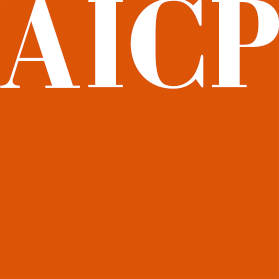Biography
American Planning Association
On May 31, 2017, James Schwab, FAICP, retired from the American Planning Association, where he served as the manager of the Hazards Planning Center and as editor or co-editor of Zoning Practice, a monthly APA publication. In leaving, he announced that he was undertaking a “five-point retirement plan,” in effect a “baby boomer” retirement in which he would pursue several personal interests that were often less feasible while he remained, in effect, the resident APA disaster expert. The five-point plan includes:
- Book projects on the 1993 and 2008 Midwest floods
- Consulting on hazards planning
- Continued teaching for the University of Iowa School of Planning and Public Affairs
- Blogging (see blog on this website)
- Public speaking
The result has been a series of consulting projects, the most recent as part of a team led by BNIM in Des Moines, Iowa, and hired by the Iowa Economic Development Authority, to provide planning assistance to communities in southwest Iowa affected by Missouri River flooding in 2019. But Jim has also worked with the Association of State Floodplain Managers (ASFPM), National Drought Mitigation Center, APA, and others. He will also complete a two-year term as chair of APA’s Hazard Mitigation and Disaster Recovery Planning Division at the end of 2021, but will remain active in new capacities thereafter.
American Institute of Certified Planners
In 2016, Jim was inducted into the prestigious College of Fellows of the American Institute of Certified Planners during the APA National Planning Conference in Phoenix. Two years later, also in Phoenix, ASFPM bestowed on him the Goddard-White Award, its highest honor, for his nationwide impact on the field of floodplain management.
His career has reflected his double penchant for both urban planning and communication. At the University of Iowa, he obtained master’s degrees in both urban and regional planning and journalism. He has combined these skills in his writing, using the analytical skills of the planner and the narrative skills of the journalist to probe major social, economic, and environmental issues.
Jim’s last publication at APA was Subdivision Design and Flood Hazard Areas, PAS Report No. 584, released in September 2016. That project was supported by FEMA. His most recent previous publication was Planning for Post-Disaster Recovery: Next Generation, an entirely new version of the 1998 PAS Report by APA, Planning for Post-Disaster Recovery and Reconstruction. With a new team of contributors led by Jim, this report broke new ground in the theory and practice of planning for recovery after natural disasters, accompanied already by substantial website resources.
Jim’s involvement in hazards dates to 1993, when he took charge of a new project that resulted in the publication, Planning for Post-Disaster Recovery and Reconstruction. This became Jim’s signature work in the hazards field as its primary author. The Planning Advisory Service Report (No. 483/484) is a guidance document for local planners with contributions of case studies from four other authors. Co-published by the American Planning Association and the Federal Emergency Management Agency, it became, in the words of one of its prepublication reviewers, “the definitive work in this field for at least the next ten years.” At the same time, APA also published his monograph, Planning and Zoning for Concentrated Animal Feeding Operations (PAS Report 484). See the full list of his publications under “Publications.”
As its manager, Jim expanded the range of projects for the Hazards Planning Center to include:
- A new NOAA-funded project, “Incorporating Local Climate Science to Help Communities Plan for Climate Extremes,” working in cooperation with the Chicago Metropolitan Agency for Planning and the University of Illinois.
- Work with the Association of State Floodplain Managers (ASFPM) on another NOAA-supported effort, “Building Coastal Resilience through Capital Improvements Planning,” working with pilot communities in the Toledo, Ohio, and Savannah, Georgia, metropolitan areas.
- “Innovations in Planning and Public Engagement for Community Resilience,” a FEMA-supported project in collaboration with the National Charrette Institute, University of California, San Diego, and City Explained, Inc., to develop enhancements to CommunityViz software and work with demonstration sites to help communities envision hazard mitigation in new ways.
- Planning Information Exchange, a quarterly series of webinars, underwritten by FEMA and co-hosted by ASFPM, on best practices in hazard mitigation planning.
- Ongoing involvement with NOAA’s Coastal Services Center in the Digital Coast Partnership.
Over time, Jim expanded APA’s profile in planning for natural hazards and climate change, and the presence of its Hazards Planning Center, to include work on wildfires, landslides, and other hazards, with overseas outreach work (see Photo Essays) in the Caribbean, Sri Lanka, Taiwan, and New Zealand, as well as the U.S. Gulf Coast after Hurricanes Katrina, Rita, and Ike. Later work included leading development and delivery of a series of training workshops on recovery planning after Hurricane Sandy in New York and New Jersey. He has spoken in numerous venues in the U.S. and abroad.

Jim’s Books
Jim’s two books to date are Raising Less Corn and More Hell: Midwestern Farmers Speak Out (University of Illinois Press, 1988) and Deeper Shades of Green: The Rise of Blue-Collar and Minority Environmentalism in America (Sierra Club Books, 1994). The first was essentially an oral history of the farm protest of the 1980s that challenged widespread farm bankruptcies and liquidations. The second examined what at the time was often a less visible movement within African-American, Hispanic, and other minority communities, as well as white blue-collar neighborhoods, to fight industrial pollution and protect public health. He is currently developing plans for a series of books about the 1993 and 2008 Midwest floods.
Other Endeavors
Jim’s long record of articles for national journals and magazines appears under “Publications.” From 1992-1996, he edited APA’s environmental planning newsletter, Environment & Development; from 1990-2017, he edited APA’s Zoning News (now Zoning Practice), a monthly newsletter on zoning issues. From 1985-1990, he was assistant editor of APA’s magazine, Planning.
He is a past President of the Society of Midland Authors (1997-99), and has served in many capacities including as SMA’s membership secretary, vice-president, and currently, recording secretary. He has often served as a judge in SMA’s annual book awards contest. He is currently the leader for the Adult Forum at Augustana Lutheran Church in Chicago.
Jim has a B.A. in Political Science from Cleveland State University, and M.A.s in both Journalism and Urban and Regional Planning from the University of Iowa. From 2007-2009, he served as adjunct faculty at the University of Illinois-Chicago and since 2008 at the University of Iowa, teaching graduate-level urban planning classes on planning for disasters.
Jim is married to Jean Schwab, a retired Chicago Public Schools teacher. They have two adopted daughters, a former foster daughter, and ten grandchildren among them.




